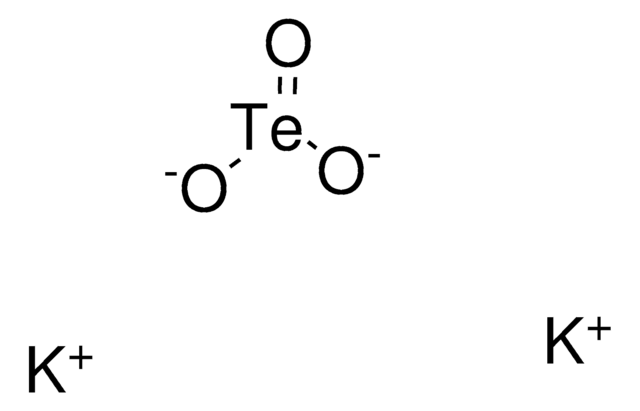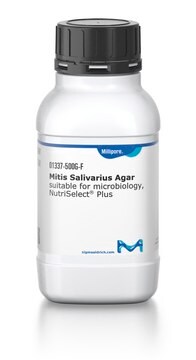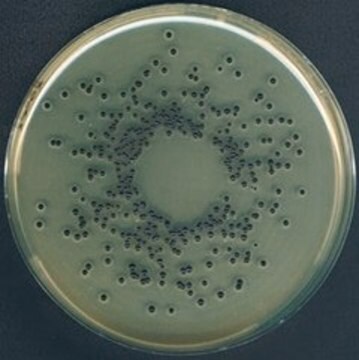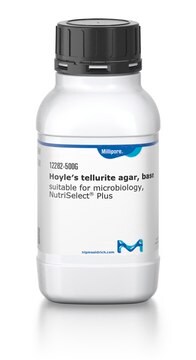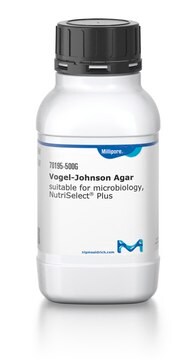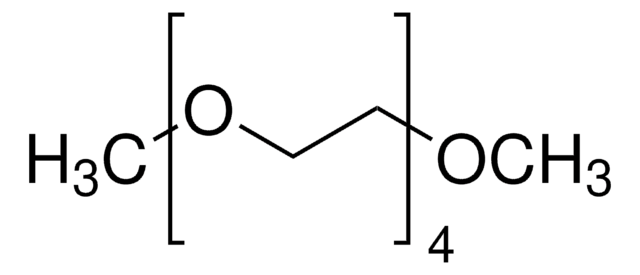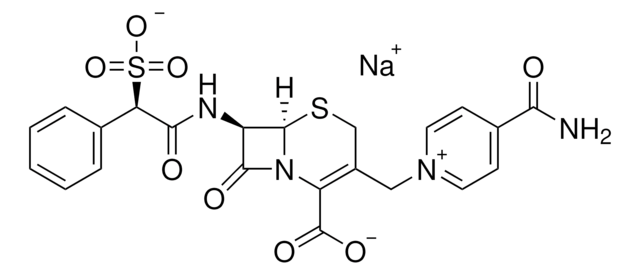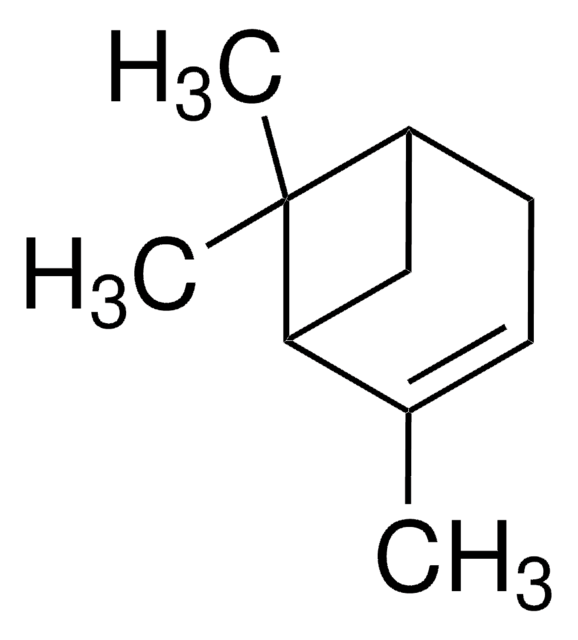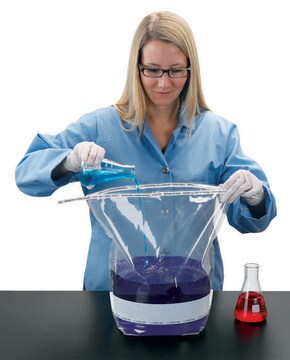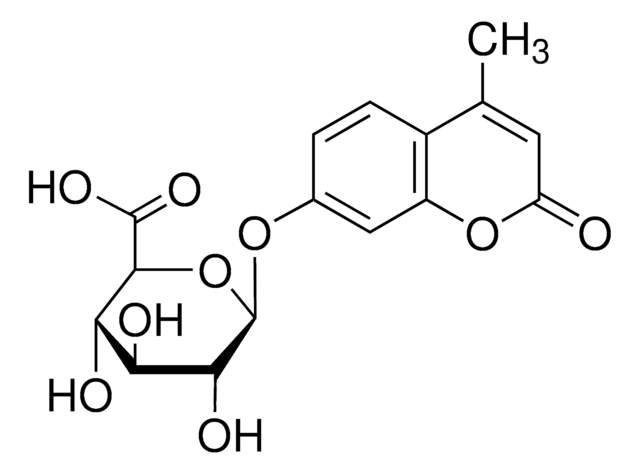17774
Potassium tellurite solution
1% in H2O, suitable for microbiology
About This Item
Produtos recomendados
Agency
according to ISO 6888-1:2020
Nível de qualidade
esterilidade
sterile (Filtered and Aseptic Handled)
Formulário
liquid
prazo de validade
limited shelf life, expiry date on the label
concentração
1% in H2O
aplicação(ões)
environmental
food and beverages
microbiology
temperatura de armazenamento
2-8°C
adequação
Corynebacterium spp.
Staphylococcus spp.
cadeia de caracteres SMILES
[K+].[K+].[O-][Te]([O-])=O
InChI
1S/2K.H2O3Te/c;;1-4(2)3/h;;(H2,1,2,3)/q2*+1;/p-2
chave InChI
BFPJYWDBBLZXOM-UHFFFAOYSA-L
Procurando produtos similares? Visita Guia de comparação de produtos
Aplicação
Outras notas
Código de classe de armazenamento
10 - Combustible liquids
Classe de risco de água (WGK)
WGK 2
Ponto de fulgor (°F)
Not applicable
Ponto de fulgor (°C)
Not applicable
Equipamento de proteção individual
Eyeshields, Faceshields, Gloves
Escolha uma das versões mais recentes:
Já possui este produto?
Encontre a documentação dos produtos que você adquiriu recentemente na biblioteca de documentos.
Os clientes também visualizaram
Artigos
Chromogenic media enable the selective detection of S. aureus, which produce bluish-green colonies that are clearly differentiated from other species.
Nossa equipe de cientistas tem experiência em todas as áreas de pesquisa, incluindo Life Sciences, ciência de materiais, síntese química, cromatografia, química analítica e muitas outras.
Entre em contato com a assistência técnica